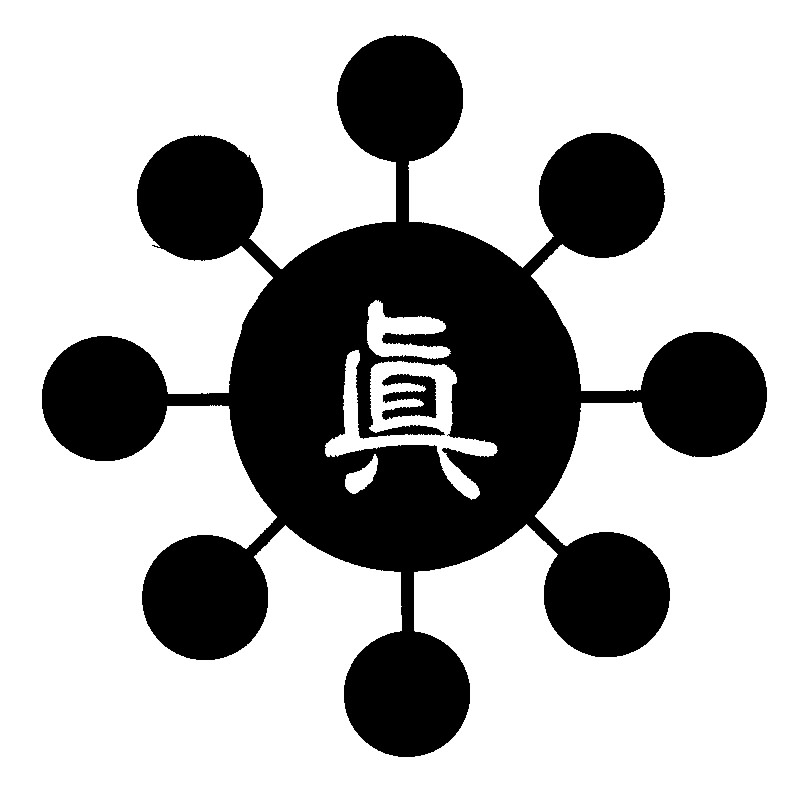Books
Shinkendo: Japanese Swordsmanship
Now in its second edition, this book is essential reading for all Shinkendo students and provides a general overview of Shinkendo’s structure and basic curriculum.
Shinkendo Tameshigiri: Samurai Swordsmanship & Test Cutting
Obata’s second Shinkendo book covers sword selection, maintenance and shizan (cutting patterns). An excellent guide for the intermediate or advanced practitioner, and one of the few books available on the subject of test-cutting.
Modern Bushido: Samurai Teachings for Modern Times
This completes Obata’s trilogy of Shinkendo books. This book covers the philosophical aspects of Shinkendo training. Fundamental concepts such as Kuyō Junikun and Hachidō are discussed in detail.
Naked Blade: A Manual of Samurai Swordsmanship
Released in 1985, Obata’s first book on swordsmanship covers the basics of Toyama Ryū Battōdō. Long out of print, copies can sometimes be found from online sources.
The Spirit of the Sword: Iaido, Kendo and Test Cutting with the Japanese Sword
Originally written in 1980 by Obata’s teacher Nakamura Taisaburo, this book outlines the kata and kumitachi of Toyama Ryū Battōdō, while also discussing topics such as sword selection and tameshigiri. A young Obata is depicted on page 301 performing tameshigiri at a competition in Japan.
DVDs
Shinkendo: Samurai Swordsmanship
Released in 1994, this is Obata’s instructional video on Shinkendo. Essential viewing for all Shinkendo students, this includes demonstrations of Suburi, Tanrengata, Battoho, Tachiuchi and Tameshigiri. Obata’s record-setting kabutowari (helmet splitting) is included. Also featured is current Soke (headmaster), Obata Yukishiro.
Budo Ashisabaki
Ashisabaki (foot movement) and taisabaki (body movement) are essential components of Shinkendo training. This video demonstrates all ashisabaki, taisabaki, and taiso (exercise) patterns. As a bonus, it also includes an impressive tameshigiri montage by Obata.







